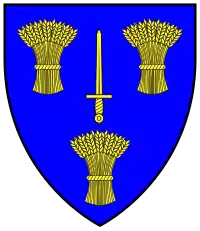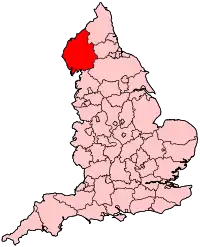Portal:Cheshire
|
The Cheshire Portal
WelcomeCheshire Plain from the Mid Cheshire Ridge
Cheshire is a ceremonial county in the North West of England. Chester is the county town, and formerly gave its name to the county. The largest town is Warrington, and other major towns include Congleton, Crewe, Ellesmere Port, Macclesfield, Nantwich, Northwich, Runcorn, Sandbach, Widnes, Wilmslow and Winsford. The county is administered as four unitary authorities. Cheshire occupies a boulder clay plain (pictured) which separates the hills of North Wales from the Peak District of Derbyshire. The county covers an area of 2,343 km2 (905 sq mi), with a high point of 559 m (1,834 ft) elevation. The estimated population is a little over one million, 19th highest in England, with a population density of around 450 people per km2. The county was created in around 920, but the area has a long history of human occupation dating back to before the last Ice Age. Deva was a major Roman fort, and Cheshire played an important part in the Civil War. Predominantly rural, the county is historically famous for the production of Cheshire cheese, salt and silk. During the 19th century, towns in the north of the county were pioneers of the chemical industry, while Crewe became a major railway junction and engineering facility. Selected article
St Mary's Church, Nether Alderley is an Anglican parish church in the Gothic style, near the village of Nether Alderley. A Grade I listed building, it was built in around 1300, probably on the site of an earlier timber-framed church. The original dedication was to St Lawrence. The tower, considered by F. H. Crossley to be the church's best feature, dates from 1530. A major restoration was carried out by Paley and Austin in 1877–78. Interior features include a 14th-century font, the richly carved Stanley pew, which dates from around 1600 and is entered by an external staircase, an 18th-century musicians' gallery, and several monuments to the Barons Stanley of Alderley, with whom the church has historically been associated. The grounds contain a medieval church cross and a Grade-II*-listed schoolhouse dating from 1628, now used as a parish hall. The neo-Jacobean Stanley Mausoleum was built in 1909 by Edward Lyulph, 4th Baron Stanley. An ancient yew tree stands in the churchyard. Selected image
Built in 1799, Chester Shot Tower is probably the oldest remaining shot tower in the world and was used to manufacture lead shot for the Napoleonic Wars. Lead was exported via Chester during the Roman period and the lead industry flourished in the city during the 19th century. Credit: Espresso Addict (3 February 2007) In this month
1 October 1827: First stone laid of Grosvenor Bridge, Chester (pictured). 1 October 1905: Inventor John Dolphin born in Christleton. 3 October 1953: First public motor race at Oulton Park. 5 October 1963: Journalist Nick Robinson born in Macclesfield. 10 October 1654: Frodsham Castle destroyed by fire during the Civil War, after the death there of John Savage, 2nd Earl Rivers. 10 October 1868: Runcorn Railway Bridge officially opened. 10 October 1960: Alan Garner's The Weirdstone of Brisingamen first published. 11 October 1678: Antiquarian Sir Peter Leycester died in Nether Tabley. 14 October 1869: Chester Town Hall officially opened by the future Edward VII. 14 October 2017: Mersey Gateway Bridge opened. 16 October 1643: Acton and Dorfold briefly captured by Royalists. 17 October 1832: Grosvenor Bridge, Chester, officially opened (still incomplete) by the future Queen Victoria. 17 October 1934: Novelist Alan Garner born in Congleton. 19 October 1359: A great storm destroyed the nave of Vale Royal Abbey. 19 October 1965: Train driver Wallace Oakes awarded the George Cross posthumously. 20 October 1891: Physicist and Nobel prize winner James Chadwick born in Bollington. 21 October 1650: First record of the Cheshire cheese trade with London. 22 October 1996: Helicopter crash near Middlewich killed five people, including Matthew Harding, vice-chair of Chelsea F.C., and journalist John Bauldie. 26 October 1865: Equestrian Statue of Viscount Combermere unveiled in Chester. 27 October 1874: Mill fire killed eight people at Over. Selected list
Chester city walls surround the medieval extent of Chester. The circuit of the walls extends for 2 miles (3 km), rises to a height of 40 feet (12.2 m), and "is the most complete circuit of Roman and medieval defensive town wall in Britain." The walls and associated structures are a scheduled monument, and almost all parts are listed, mainly at grade I. The walls originated between 70 and 90 AD as defences for the Roman fortress of Deva Victrix. The earliest walls were earth ramparts surmounted by wooden palisades, with wooden gates and towers. Rebuilding in sandstone started at the end of the 1st century and took over 100 years. The existing circuit was completed by the end of the 12th century. The four main gates were replaced during the 18th and early 19th centuries. By the 18th century the walls were becoming popular as a promenade, and £1,000 (equivalent to £180,000 in 2021) was spent in 1707 on repairs and paving the footway. Distinguished visitors who walked the walls at that time included John Wesley and Samuel Johnson. They remain a significant tourist attraction. GeographyTop: Map of modern Cheshire showing urban areas (grey) and the major road network. Chester (red) is the county town, and Warrington has the greatest population. Towns with more than 10,000 inhabitants in 2011 are highlighted; the size of dot gives a rough indication of the relative population. Wales and the adjacent English counties are shown in capitals. Bottom: Relief map showing the major hills. The Mid Cheshire Ridge is a discontinuous ridge of low hills running north–south from Beacon Hill (north of Helsby Hill) to Bickerton Hill. Most other high ground falls within the Peak District in the east of the county. Shining Tor (559 metres), on the boundary with Derbyshire, forms the county's high point. Administration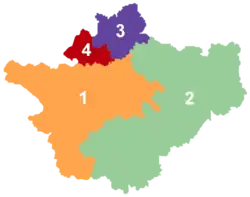 The ceremonial county of Cheshire is administered by four unitary authorities (click on the map for details): 2 – Cheshire East 3 – Warrington 4 – Halton In the local government reorganisation of 1974, Cheshire gained an area formerly in Lancashire including Widnes and Warrington. The county lost Tintwistle to Derbyshire, part of the Wirral Peninsula to Merseyside, and a northern area including Stockport, Altrincham, Sale, Hyde, Dukinfield and Stalybridge to Greater Manchester. Selected biography
Edmund Sharpe (31 October 1809 – 8 May 1877) was an architect, architectural historian, railway engineer and sanitary reformer, who was born in Knutsford. As an architect, he predominantly designed churches, of which around forty survive; Cheshire examples include St Wilfrid's, Davenham, and Holy Trinity, Northwich. He pioneered the structural use of terracotta in the so-called "pot" churches, such as St Stephen and All Martyrs', Lever Bridge. He also developed railways in the north-west of England, and championed the construction of new sanitary works in Lancaster, where he practised in 1835–1851. Sharpe achieved his greatest recognition as an architectural historian, publishing many articles, books and detailed architectural drawings. He criticised the widespread practice of restoring medieval churches, and devised a scheme for the classification of English Gothic architectural styles. In 1875, he was awarded the Royal Gold Medal of the Royal Institute of British Architects. Did you know...
Selected town or village
Poynton is a town on the easternmost edge of the Cheshire Plain, near Macclesfield and Stockport. The manor was first recorded in 1289. The town straddles the Red Rock Fault, which brings the Permo–Triassic sandstones and mudstones of the Cheshire Plain up against the Millstone Grit and shales of the Peak District. To the immediate east of the fault are the coal measures of the Carboniferous period. Coal was mined at Poynton from the 16th century, and its collieries were the largest in Cheshire. Anson Engine Museum, on the site of a former colliery, has a collection of stationary engines. Consequent urbanisation and socioeconomic development necessitated better transport links; these came with the completion of the Macclesfield Canal through the town in 1831, and the arrival of the Manchester and Birmingham Railway in 1845 and the Macclesfield, Bollington and Marple Railway in 1869. The collieries closed in 1935. The population has nearly trebled since 1945, to over 14,000 in 2011. In the late 20th century, Poynton became a commuter town for Manchester. In the news.JPG.webp) Crewe Market Hall 29 October, 1 November: Warrington council and the mayor of Crewe each announce plans to bid for city status in 2022. 13–14 October: Prince Edward visits Chester and opens a Fire Service training centre in Winsford. 8 October: Castle Street shopping area in Macclesfield reopens after refurbishment. 4 October: Restoration of the grade-I-listed Bridgegate, part of Chester city walls, is completed. 25 September: A bronze frieze by the sculptor Tom Murphy is unveiled in Warrington, as a memorial to the band Viola Beach. 9 September: The fifth stage of the Tour of Britain cycle race takes place in Cheshire, starting at Alderley Park and finishing in Warrington. 24 July: The grade-II-listed Crewe Market Hall (pictured) formally reopens after refurbishment. 15 July: Crewe, Runcorn and Warrington are awarded potential funding under the "Town Deal" government scheme. QuotationGrinning like a Cheshire Cat. This phrase owes its origin to the unhappy attempts of a sign painter of that country to represent a lion rampant, which was the crest of an influential family, on the sign-boards of many of the inns. The resemblance of these lions to cats caused them to be generally called by the more ignoble name. On the origin of the Cheshire Cat, from The Treasury of Knowledge and Library Reference by Samuel Maunder (1853)
Subcategories
TopicsRecommended articles.svg.png.webp) Things you can do
WikiProject Map of Cheshire WikiProject Cheshire There are 3,545 articles in the project's scope Related WikiProjects UK Geography • England Greater Manchester • Lancashire and Cumbria • Merseyside • YorkshireRelated portalsAssociated WikimediaThe following Wikimedia Foundation sister projects provide more on this subject:
Discover Wikipedia using portals
|

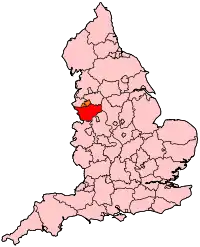
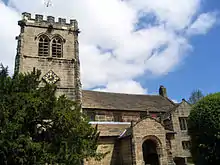
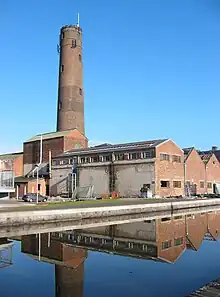
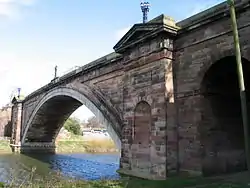

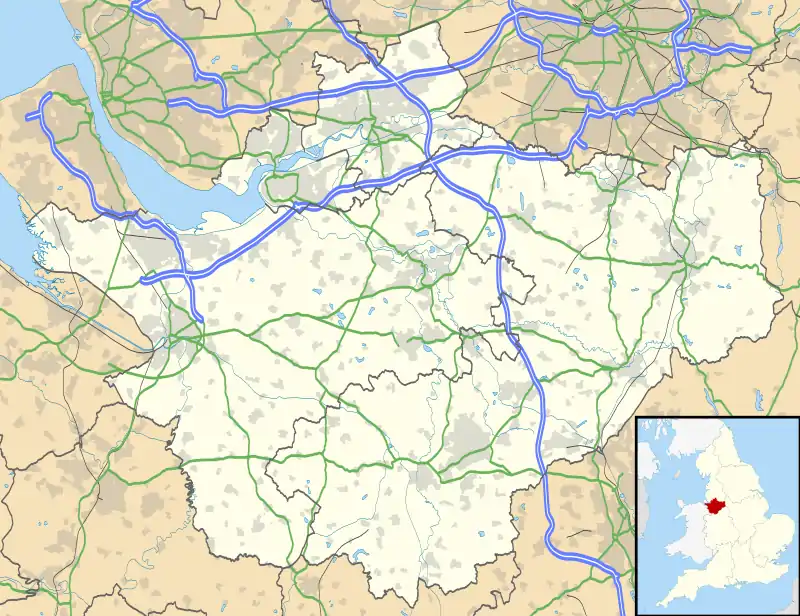
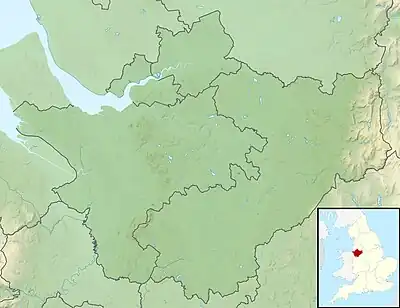
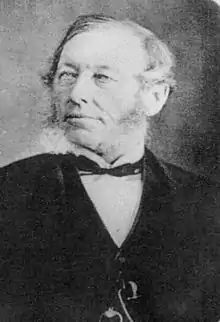

_1.jpg.webp)
